Nothing is so frustrating than starting your day knowing that your Carrier furnace high limit switch keeps tripping. Now you might be wondering why it keeps tripping, or perhaps what action you need to fix this issue. Wonder no more! We turn upside down the internet to bring the answer you need. Kindly Explore them below!
In general, a Carrier furnace high limit switch that constantly trips is due to these possible reasons.
- Short cycling.
- Airflow obstruction.
- Dirty flame sensor rod.
- Defective high limit switch.
Cleaning and replacing these potential causes can help you avoid and solve this problem.
That was quick learning right there but we're not done yet. Continue reading to know what causes your Carrier furnace to keep tripping and other related queries to this matter. With that said, let's start discussing them below!

How Does A Furnace High Limit Switch Work?
A furnace high limit switch is a safety feature device that regulates the heating system's releasing and closing. The limit switch will instantly switch off or close when the furnace hits the dangerous operating thermal level.
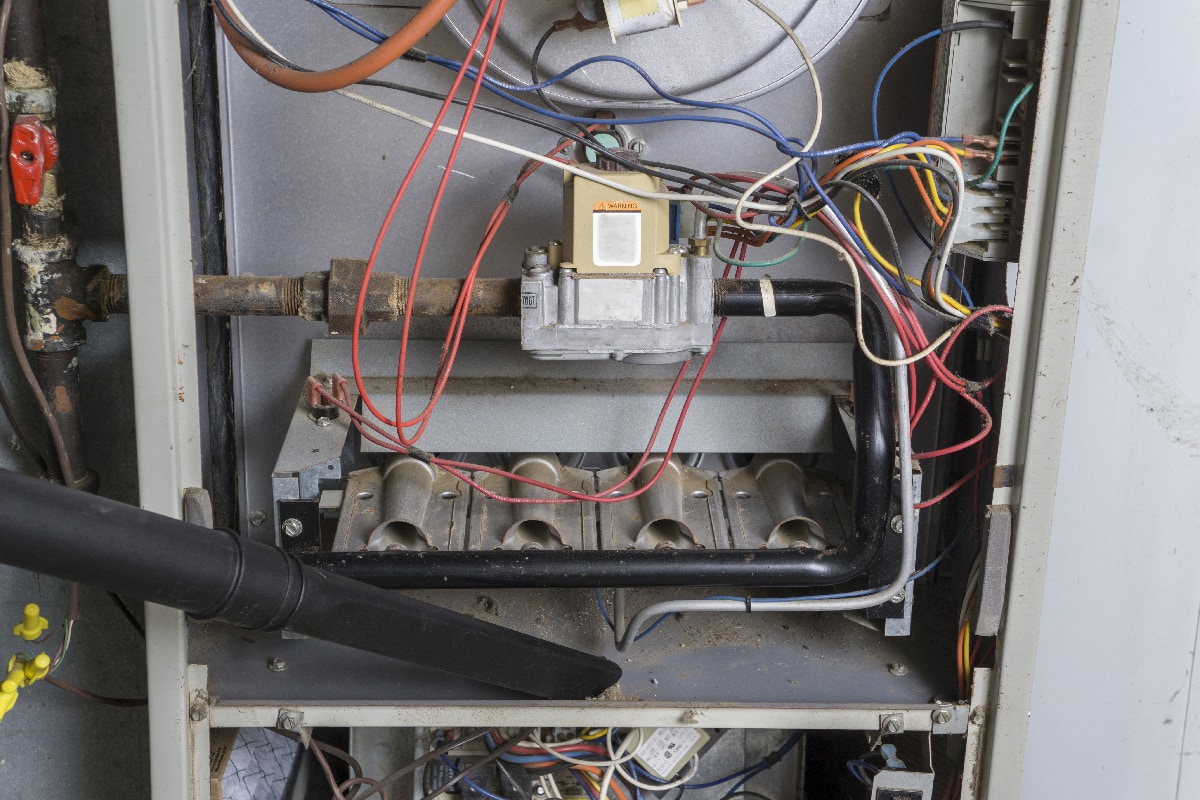
The high-limit switch in most residential furnaces has a sensor that you often see in the blower motor. It serves to aid the blower motor fan's on and off cycle. As such, if you call for heat air this sensor will trigger the fan to turn on.
In addition, the high-limit switch sensor also detects and alerts you if the air pressure is getting too hot. As a result, your furnace system will instantly shut off preventing any risk situation from going further.
What Causes The Carrier Furnace High Limit Switch To Keep Tripping?
If your Carrier furnace's high limit switch is tripping, don't fret as this is the system's key safety mechanism. However, if this condition is constantly showing it may indicate that one or more parts of the furnace are failing.
Here we've listed some common causes of the high limit switch or HLS to repeatedly trip:
Short-cycling
Short cycling, refers to a too-quick transition between the heating and cooling cycles. This cause the high limit switch to trip earlier than usual and disrupt the overall thermal comfort in your home.
According to Carrier, having an improper size furnace unit is the major cause of why your furnace is facing short-cycling. They also add that measuring your house's square footage is very critical to achieving optimum efficiency.
Dirty Flame Sensor Rod
A dirty flame sensor particularly its rod may not be able to determine the ideal temperature going through your furnace. If your furnace system hasn't been maintained for a while.
Its flame sensor rod is more prone to dirt, soot, or even dust buildup. This is what exactly causes the high limit or switch tripping issues. Moreover, you must follow the furnace's yearly system service to ensure smooth operation.
Airflow Issues
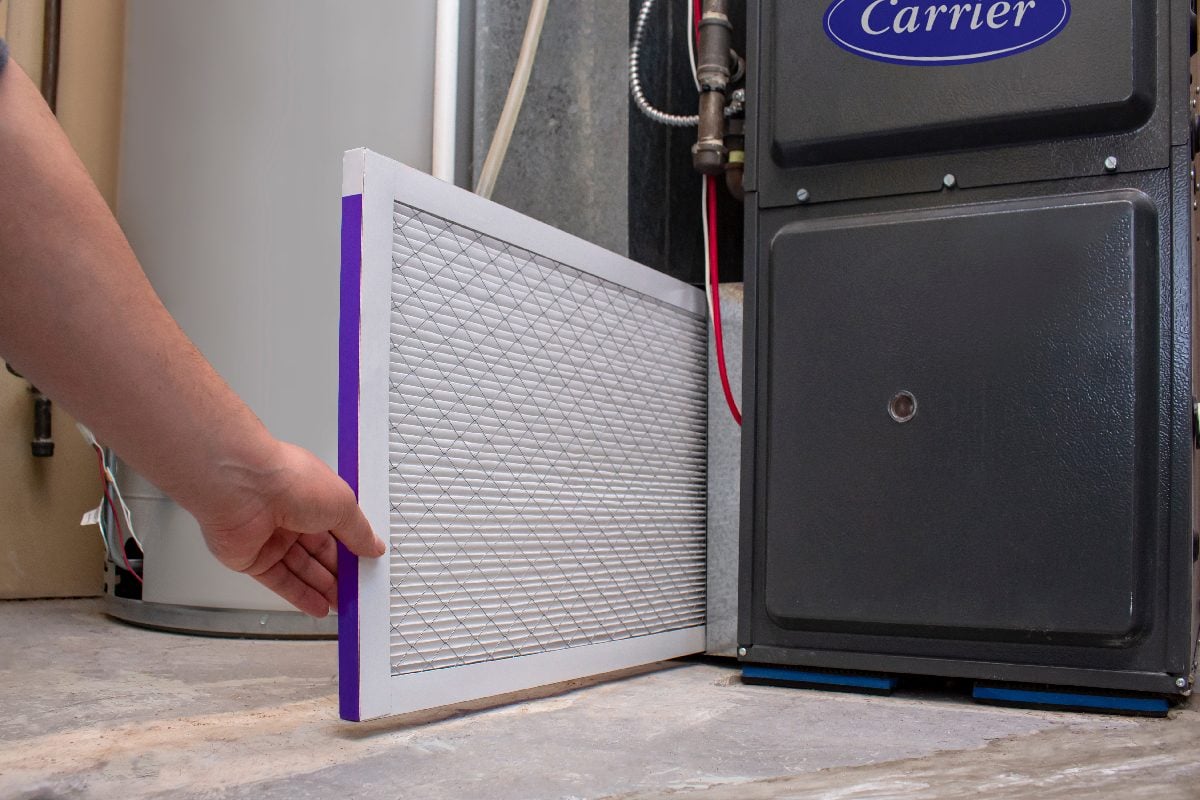
It's always best to keep your furnace filter clean and free from restrictions. Otherwise, running your furnace unit with a dirty filter hinders the air from moving through your heating system.
If the control system of your furnace unit senses that the air supply isn't properly served, it eventually trips the HLS. Again Carrier advises that you should replace your dirty air filter every 30-60 days.
See this Carrier Air Filter on Amazon.
Faulty High Limit Switch
Over time the high limit switch on your furnace will surely deteriorate. No matter how you care for your HLS it will certainly fail. In this case, it is practical to replace your faulty HLS to run again your furnace.
What Is The Sign That My Furnace High Limit Switch Is Failing?
This kind of problem could manifest various symptoms but a failing high limit switch may present via frequent overheating. On the other hand, insufficient airflow is what causes the furnace to overheat.
A defective limit switch may also fail to prompt the blower to turn on or off at the appropriate times. Resulting in the furnace overheating without turning off and risking you as well.
What's more, a faulty limit switch could shut off the burner gas even if there is no risk of overheating. Thus, it prevents the furnace from producing any heat to serve you when you need it.
The least you can do is to replace a malfunctioning high-limit switch to prevent damaging your furnace and other parts.
How Do You Replace Your Faulty Furnace High Limit Switch?
A proactive furnace user's can be beneficial not only to your furnace heating system but also to you as well. While it may sound so complex to replace your faulty furnace high limit switch. However, replacing it is quite easy and simple.
The following are the things you'll need before performing the replacement process:
- Multimeter.
- Screwdriver.
- Smartphone.
- Socket wrench.
You can now start the replacement procedure using our detailed steps below:
- First, ensure to shut OFF your furnace power supply.
- Unscrew the access cover of your furnace using your screwdriver so you can lift it off.
- Search the high-limit switch at the top portion of the burner assembly.
- Test the HLS using a multimeter by attaching its two lead wires to the high-limit switch terminals.
- If the reading shows a higher than 0.2 VDC then your HLS is defective.
- Shut OFF the gas valve supply by rotating its handle about 90 degrees counterclockwise.
- Take a photo as your guide before detaching the HLS to easily connect it back later to its terminal.
- Use a socket wrench to unscrew the HLS and then remove it from the burner's housing.
- Reinstall your exact model new HLS and use your photo earlier to correctly connect all wires.
- Securely slide the access cover in place with all the screw holes then put the screw and tighten it up.
- Turn back ON the furnace power supply as well as the gas line knob to ON and test its operation once again.
WARNING! These replacement steps may render useless if you install an improper HLS in your furnace unit.
How Do You Troubleshoot A Carrier Furnace That Won't Start On?
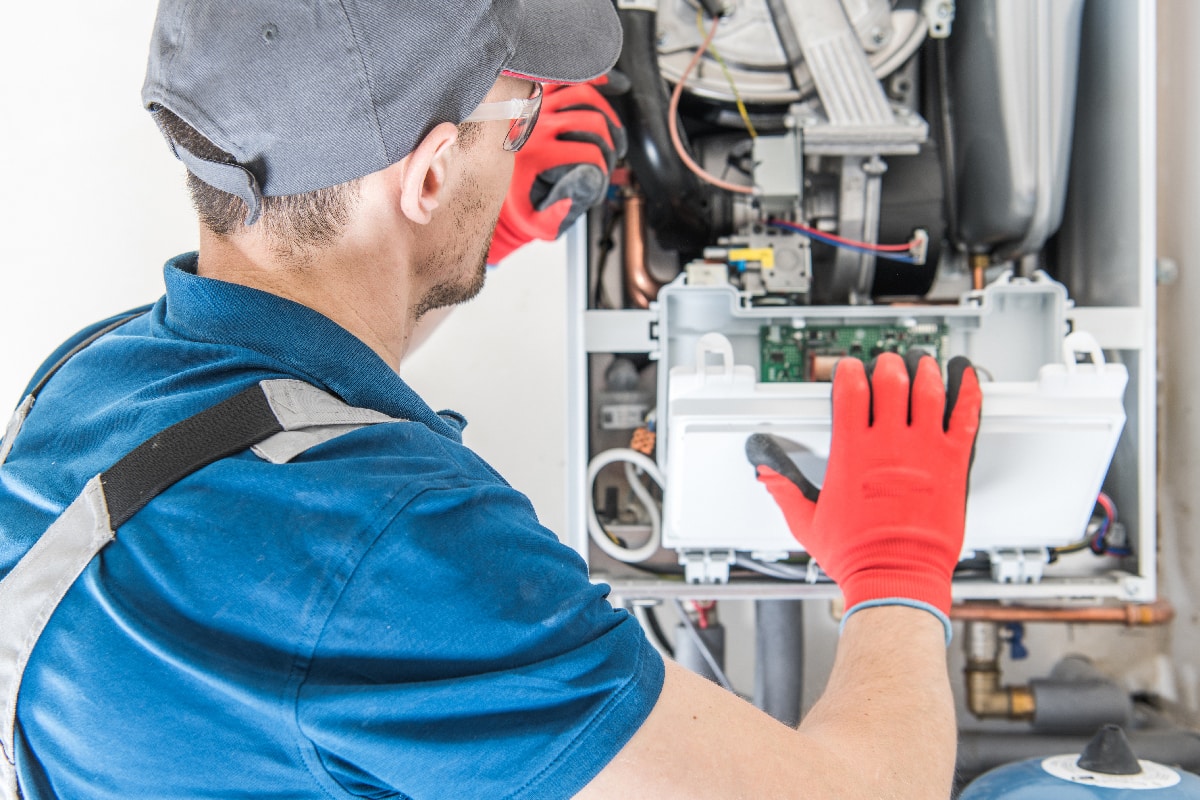
It's never been a waste of time to try fixing your furnace issue before calling your Carrier HVAC technician. After all, troubleshooting your Carrier furnace unit isn't hard and mostly involves precautionary measures.
Follow our Carrier troubleshooting checklist below:
Checking Your Thermostat Battery
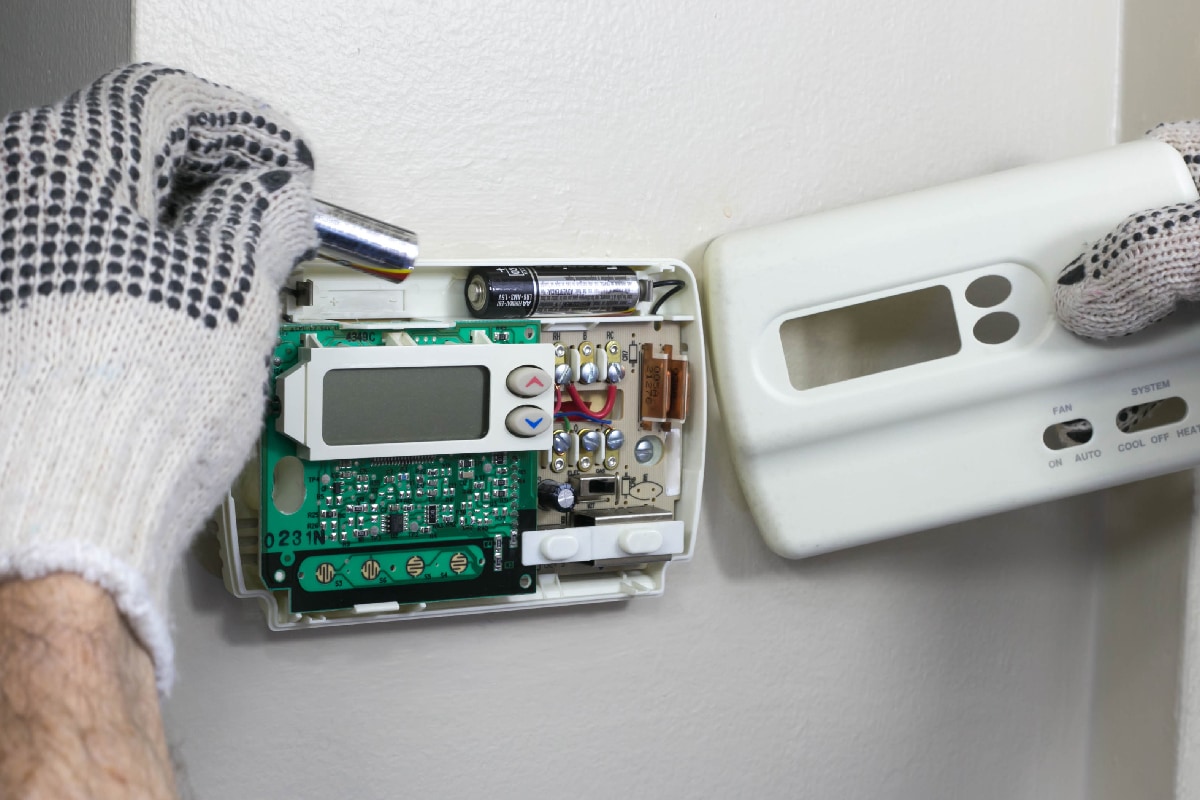
Replace the thermostat battery every 8-12 months to ensure it has enough power to operate the thermostat. Degrading battery power will disrupt the ability of your thermostat to manage various vital settings in your furnace.
Check this durable Thermostat Battery on Amazon.
Correctly Set Your Thermostat
If you feel chilly then most probably its current setup is in OFF or Cool mode. Adjust its setup to HEAT mode always to maintain your thermal satisfaction. Additionally, you should also change its thermal set point to higher settings.
Observe Ideal Fan Setting
Inspect your furnace fan switch and ensure to preset its thermal setting to the ON position. If the furnace still doesn't switch ON, whether the furnace controls or the thermostat itself is defective during this time.
Inspecting Power Or Fuse Box
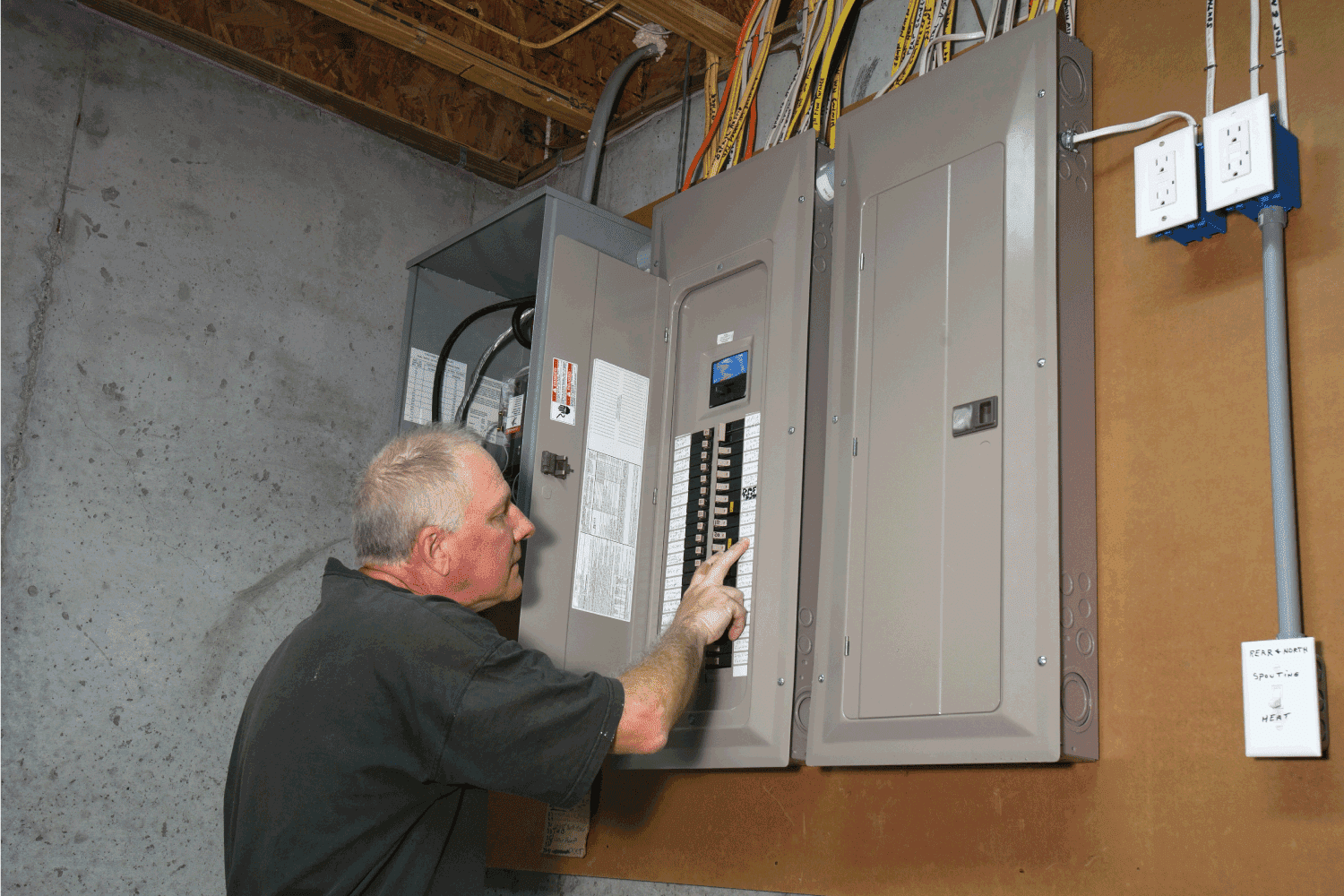
Your furnace heating system is always dependent on electricity. If you operate your furnace with a blown fuse or trip power breaker. Therefore it's natural for it to won't start up at all. Replacing the blown fuse or tilting back ON the breaker will fix this issue.
Ensure That Gas Supply Is Open
Examine your gas supply and switch it ON if you verify that its knob is accidentally shut OFF.
WARNING! You may be Troubleshoot your furnace easily but for a gas leaking situation. Carrier recommends that you must rush to get out of your place and call instantly your gas contractor.
How Do You Reset A Carrier Furnace Unit?
Carrier furnace ongoing or underlying problem could be resolved by a simple resetting process. Knowing how to reset your furnace is very crucial especially if the problem occurs when you badly need heating.
Luckily, Carrier looks after their valued clients as the resetting procedure only requires you to push its reset button. You'll see the color red reset key at the middle portion of the flame roll-out switch.
Once you've located it, tap and release the button and let the system reboot for around 30 minutes. Remember that you can only tap the reset button three times.
To Wrap Up
As your Carrier furnace works constantly to secure your heating demand. All of its vital parts are prone to wear and tear in the long run. It is always best to regularly maintain them to avoid tripping your furnace system repeatedly.
Throughout this post, we learned plenty of significant knowledge to prevent your Carrier furnace to keep tripping. We hope that you use this information to your advantage and care for your furnace way better than before.
Made it to the end? Read our informative related post below!
New Carrier Furnace Noisy – Why And What To Do? Carrier Furnace Solid Orange Light – What Could Be Wrong?


